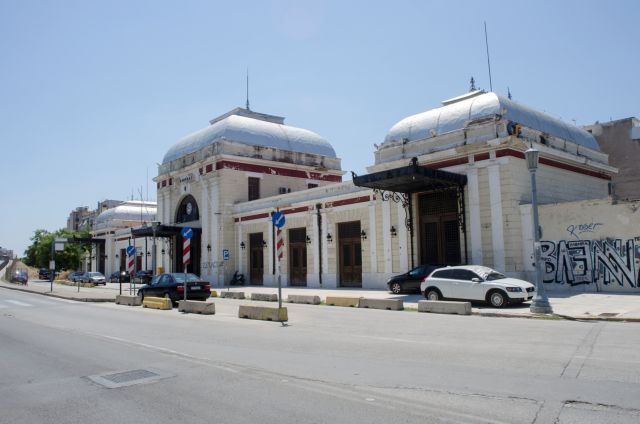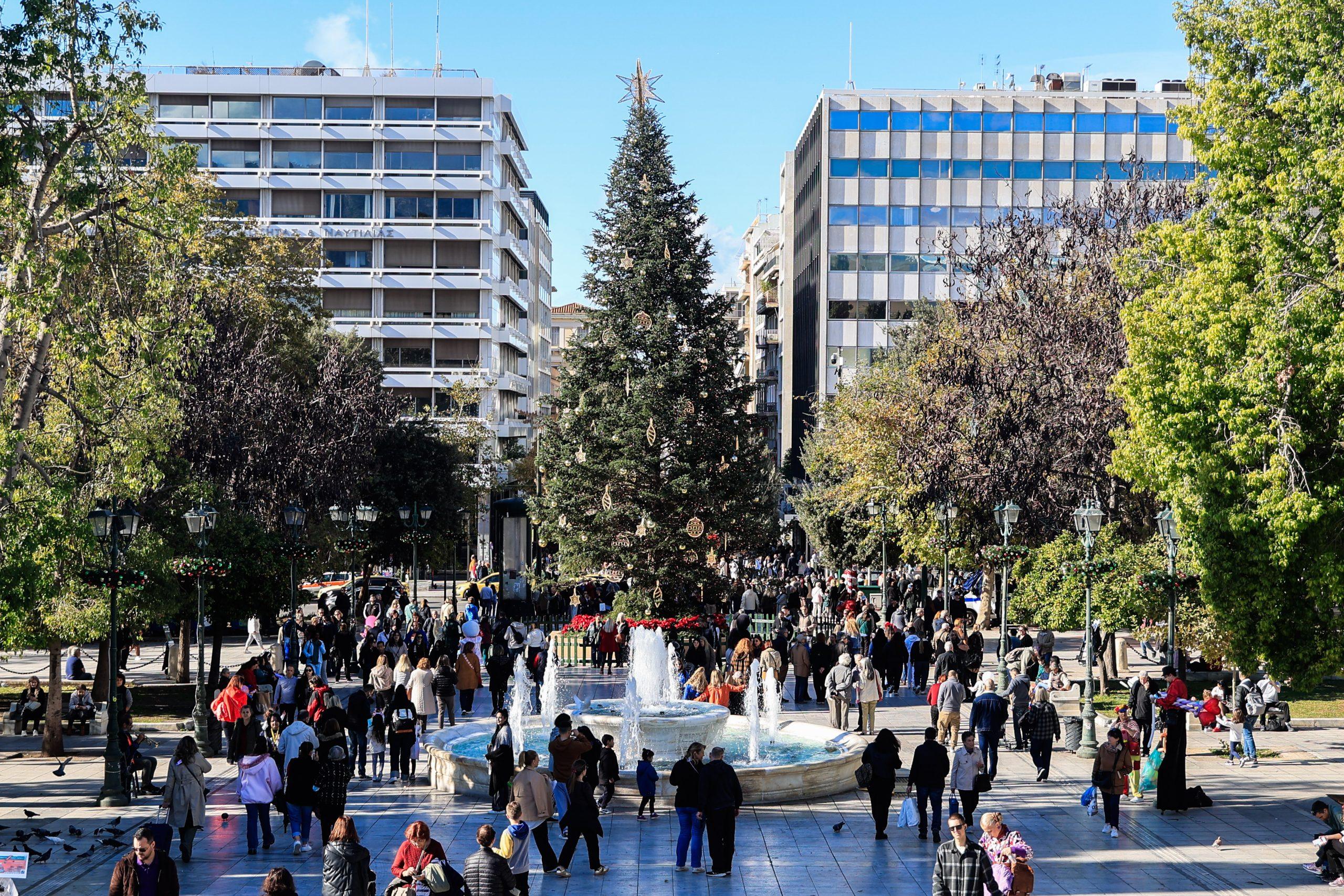Historic buildings – rare architectural gems, some of which bear the signature of Ernst Ziller, the railway stations of the Peloponnese have been left abandoned for more than ten years.
Only three sections of the network that began to be built in 1882 have remained in operation, the Odontotos of Kalavryta, the Suburban of Patras and the line Katakolos – Pyrgos – Olympia, while at its peak, in 1905, the network carried more than 1, 7 million passengers daily.
A special committee of the Ministry of Infrastructure and Transport is considering the possibility of re-opening the historic network, which could, among other things, become a tourist attraction – but until then, part of its rare equipment is lost, old segments are destroyed and the stations protected as monuments are looted and suffer the wear and tear of time…
As Apollonas Kyrkos, an archaeologist and expert on the subject, explained to “NEA” newspaper, the Peloponnese network includes 153 stations, of which 79 have been declared preserved monuments by the Ministry of Culture. Among them stands out the neoclassical station of Pyrgos, the work of Ernst Ziller, while additions by Ziller’s hand are also considered to have been added to the Athens terminal.
The purely stone-built stations of Arcadia, Messinia and Ilia are also of particular beauty. These stations were seen by foreign travelers traveling around the Peloponnese at the end of the 19th century and those visiting ancient Olympia on the occasion of the organization of the first Olympic Games in Athens in 1896…
Decay
“The historical network of the Peloponnese, laid out in the years of Charilaos Trikoupis, covers a route of 750 km and consists of a set of buildings, bridges and other technical works that reflect its gradual evolution at the end of the 19th century. Unfortunately all of these are destroyed every day. It is the largest metric network in Europe, which, combined with the fact that it has been out of service since 2011, makes its maintenance very difficult,” says Apollonas Kyrkos.
“With the logic of salvge ultimately leading to disaster, the buildings and equipment of an entire network are abandoned and falling into disrepair. The stations were declared listed in the 80s during the ministry of Melina Merkouri, as well as entire complexes of buildings or bridges, such as the Manaris Bridge in Arcadia. The network began to be built in 1882, in 1884 it reached Corinth and was completed in 1902. Because there was no money in Greece to build new, modern infrastructure, the network was saved through wars and disasters until the 2000s. When in 2011 it was closed finally, they collected everything, with cargo cars transported to Tripoli, while the coaches and engines were transported to Piraeus, where they now simply exist and need a lot of work to circulate again,” explains Mr. Kyrkos.
The utilization of the historical network is a permanent request of the local communities, while it is considered of catalytic importance for the development of tourism in these areas. Last September, the historic station of Pyrgos opened its doors after many years and was transformed for one night into a summer cinema, whileOSE’s decision to renovate the building preceded it. The same happened with the Aegio station. Most, however, believe that the railway should once again function as a railway. “The network of the Peloponnese runs through a magical route, especially in its mountainous parts” says Mr. Kyrkos.
“In 2014 and 2015 I organized, as a tour guide, two trips on the Peloponnese railway network with a group of railway enthusiasts from Great Britain. Each trip had lasted a week and in total around 200,000 euros were circulated in the local community… This is indicative”.






































